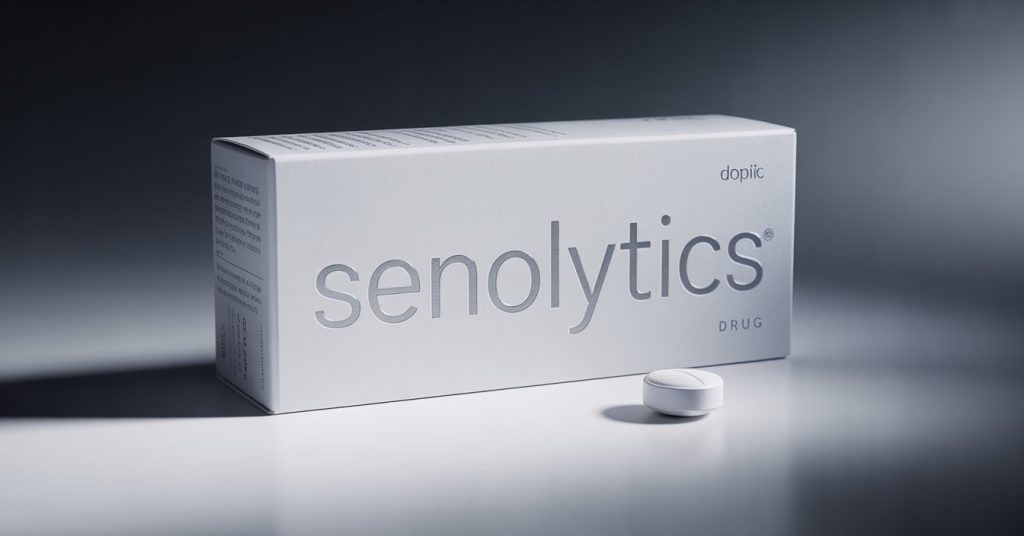
Οι Μυστικοί Εξολοθρευτές «Ζόμπι Κυττάρων»: Εξειδικευμένα Σενολυτικά Φάρμακα που Πολεμούν το Ρολόι της Γήρανσης
Το 2015, μια ομάδα της Mayo Clinic και του Scripps Research έδειξε ότι ένας συνδυασμός dasatinib και quercetin σκοτώνει επιλεκτικά τα γηρασμένα κύτταρα σε ηλικιωμένα ποντίκια, βελτιώνοντας τη φυσική αδυναμία και τη λειτουργία της καρδιάς. Τα πρώτης γενιάς senolytics περιλαμβάνουν τα dasatinib